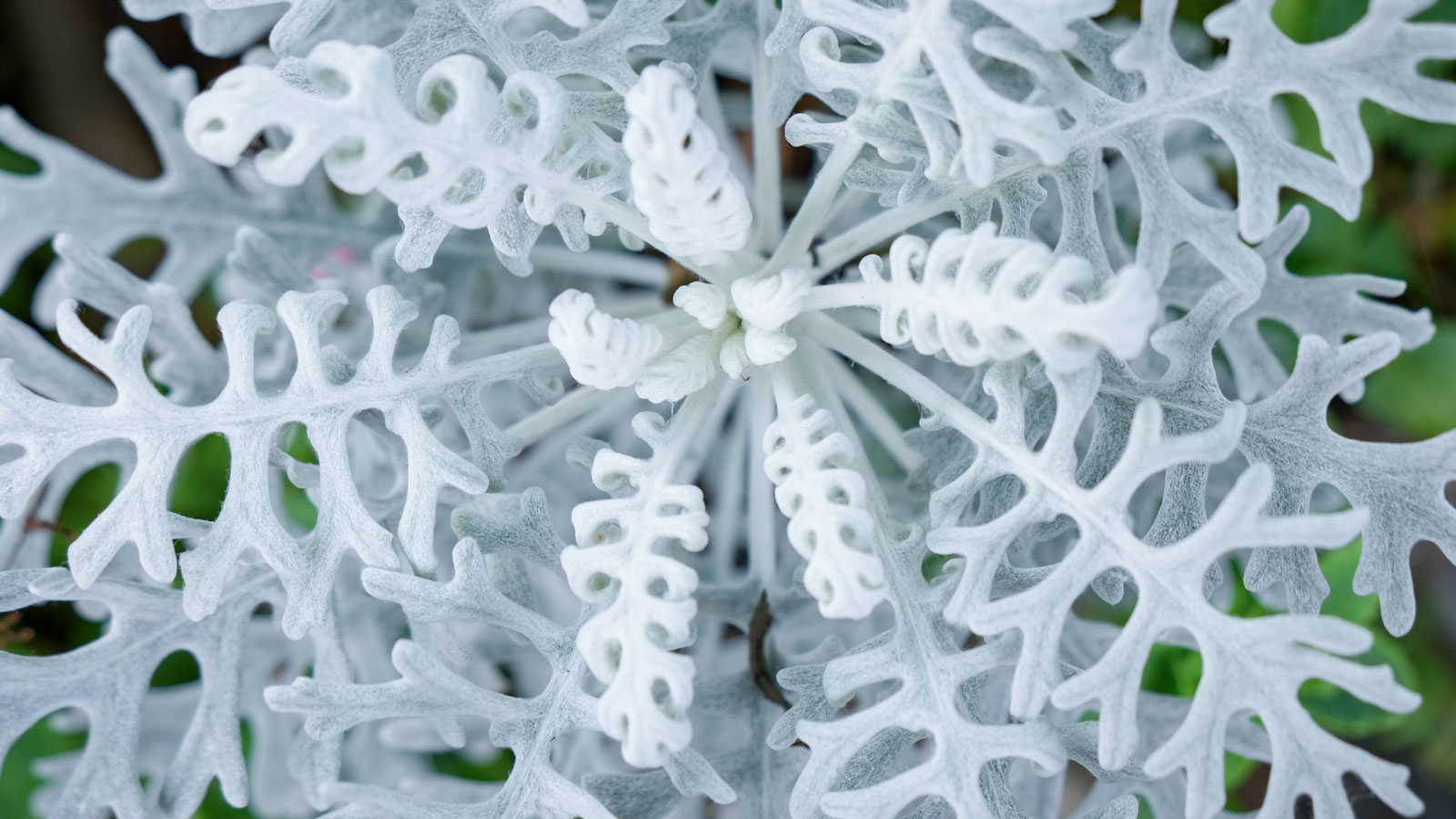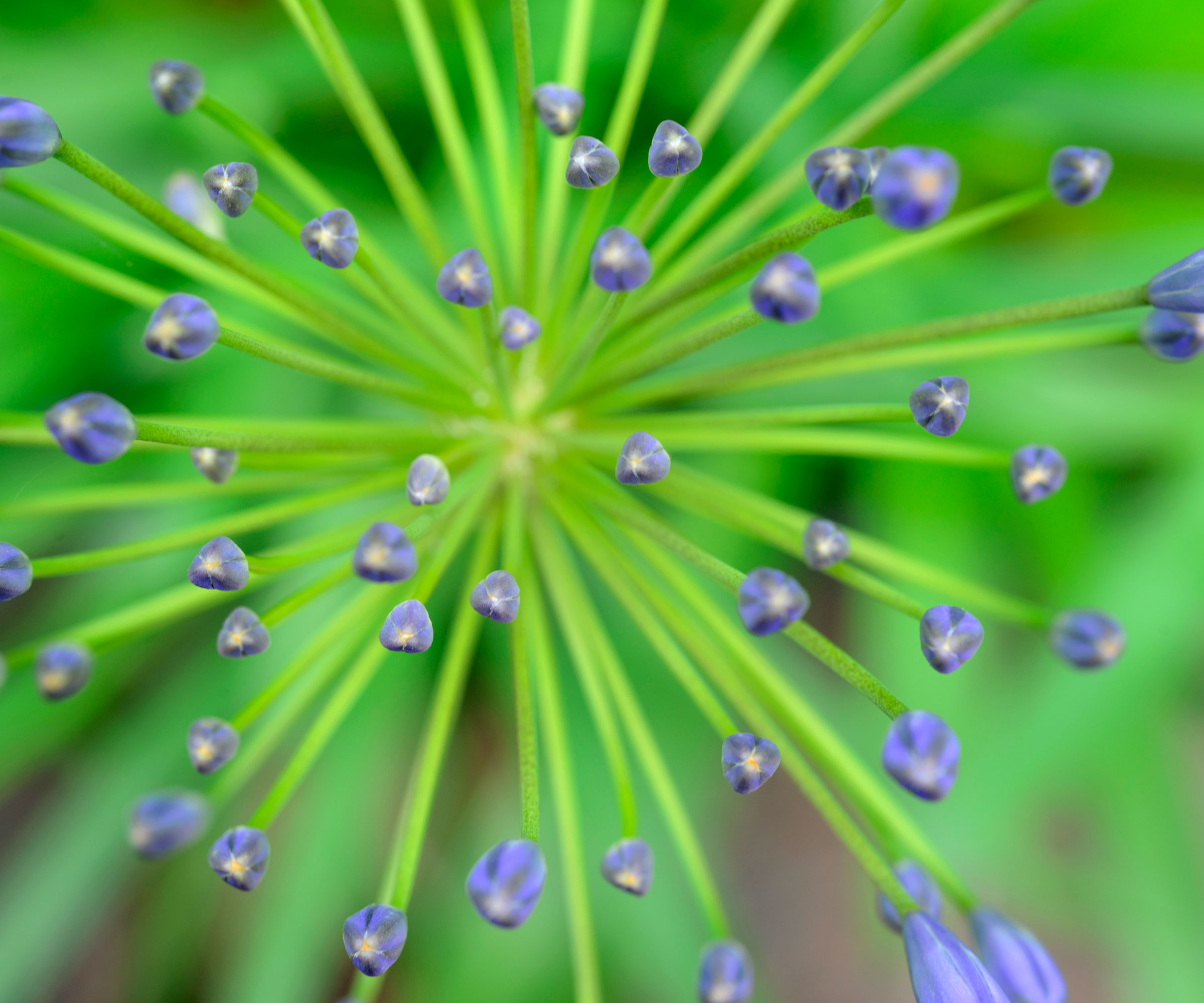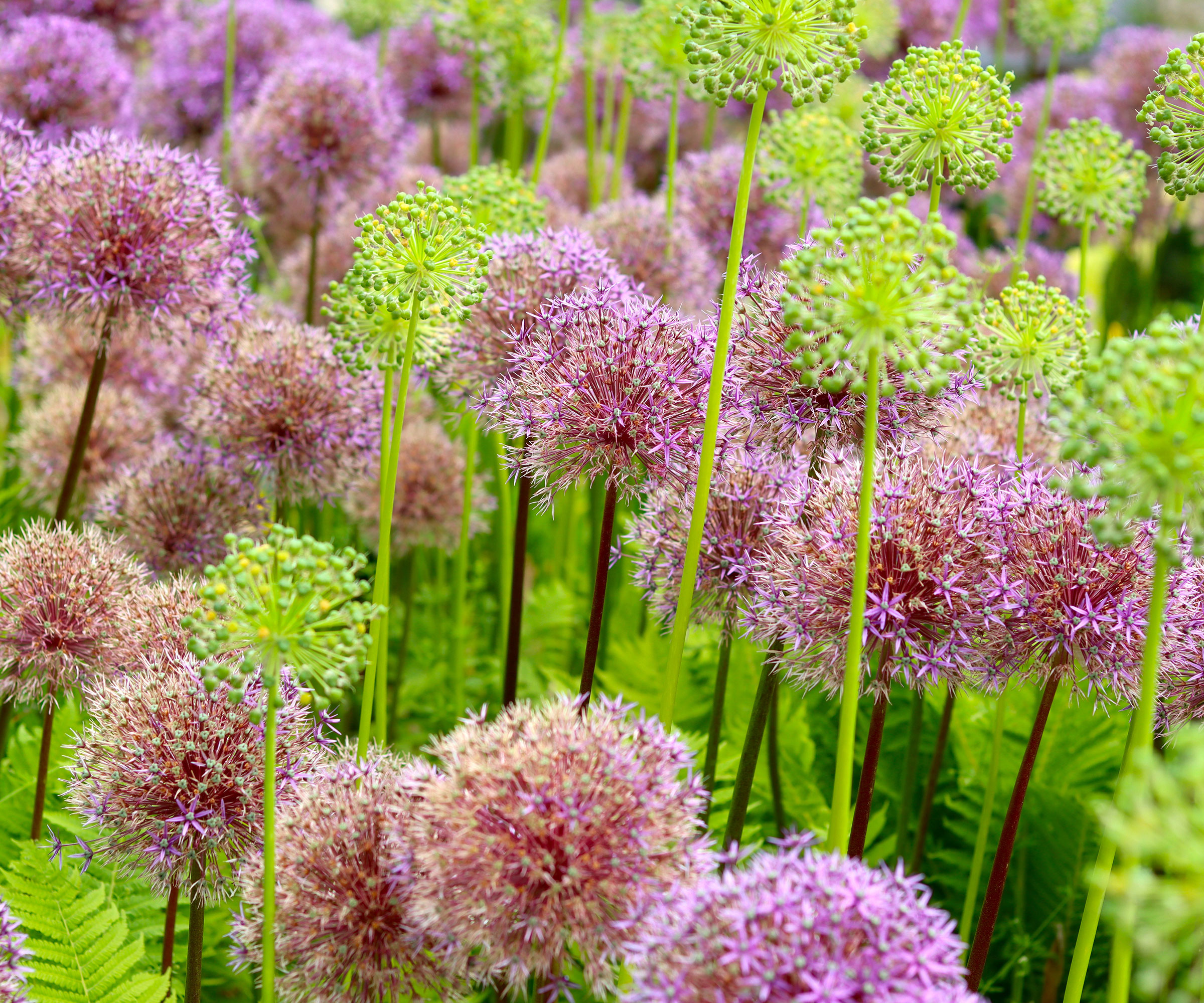
The notion of futuristic plants is fun and thought-provoking. It can cause us to ponder over which planting themes, trends and behaviors are just around the corner – and which might already be here. Who’s to say what the future will hold? Prognosticators, trend followers and history buffs all claim knowledge of the future. But for those of us who love our plants, what is certain is the existence of the futuristic plant garden.
Futuristic plants may be those from this century, or some entirely new species wrought by scientific gene splicing. Perhaps we may even see plants from another planet? So since the future is just that – in the future – let’s explore some possibilities for future landscaping based on a few of the plants in our garden today. If you’re at all curious about the future of gardening, read on for a glimpse of how close it might really be…
How to Grow a Futuristic Garden
In its broadest sense, gardening is thought of as an outdoor activity. But in today’s world, things like global warming and the accompanying temperatures, population growth, pollution and technology tend to have many of the globe’s eight billion people living inside rather than outside. Technology has things looking so realistic and interactive on-screen, there’s hardly a reason to head outside. Yet scientists have proven that outdoor activity is essential not only for our physical but for our mental health as well.
What’s the future of gardening? Indoor, vertical, low maintenance, food-producing, automated and sustainable are just a handful of adjectives that are becoming watch words as we look ahead. Where the garden has once been a haven for us, in the future it will still be a haven – just maybe not a private haven anymore. Still, we can certainly make a start on bringing a little of the future into our present-day plantings.
Whether you want to start your own futuristic garden now, or just stroll through someone else’s, we’ve come up with some of the most contemporary (and yes, futuristic) plants to incorporate into your garden or interior. Before you know it, these modern plants for gardens could be flourishing in the gardens of tomorrow…
Futuristic Plants We Can Grow Today
In the future’s modern garden, gone is the chaotic (yet charming) plethora of plant varieties, the soft curves, and the mimicking of nature in all her wild forms. Today’s gardens are starting to lean towards a minimalist look; clean lines, repetition of elements, subtle color, open areas, and geometric shapes.
The plants used to create this near-rigid environment also tend to be monochromatic, in various tones of a single color, or neutral. Simple lines, symmetry and simplicity of form are all sought-after characteristics of modern landscaping plants. Here are some key ideas:
Sign up for the Gardening Know How newsletter today and receive a free copy of our e-book "How to Grow Delicious Tomatoes".

- Silver plants: Gray was a hot color a few years ago in the housing market, and so it is with the modern garden. The beauty of gray is that it can be simple or complex. Gray or silver plants may be tactile, like fuzzy dusty miller or lamb’s ear, or contain mixed gray tones which elicit a feeling of coolness – a wonderful thing in a superheated world.
- Sedges: Plants like miscanthus or carex (sedge) give movement to the futuristic garden, but with a simple, streamlined form. Taller grasses make living hedges, while shorter plants can be used to delineate edging.
- Succulents: With over 10,000 species, there’s a succulent for everyone in the modern garden, and this shows no signs of abating in future. Succulents are generally low maintenance with an abundance of geometric shapes. More unusual varieties such as trachyandra and lithops can already be described as futuristic plants.
- Bamboo: Bamboo creates a natural screen with its height adding vertical interest. There are several bamboo varieties catering for a range of monochromatic themes. If you are looking for something you can contain, opt for a clumping bamboo that won’t stray from its appointed bed.
- Yucca: Yucca is right at home in the futuristic garden. Its stiff swordlike foliage is perfect in a drought-tolerant garden, often combined with succulents and other drought-tolerant plantings. Noteworthy futuristic plants include blue yucca and banana yucca. In the same subfamily, agave works just as well to create the look of a living sculpture.
- Agapanthus, Kniphofia and Canna: Flowering plants such as red-hot poker (kniphofia), agapanthus and canna give colorful height with their otherworldly blooms in a futuristic garden. Certain varieties of Agapanthus orientalis can reach as high as six feet, making them impressive towering specimens in a forward-thinking setting.
- Alliums: Allium is another bloomer perfect for the modern garden with its striking height and globe-shaped flower head. Individual flower heads compete for attention in mixed beds and borders, and as a bonus, alliums attract the attention of future pollinators.
- Hostas & Ferns: With layers of foliage that scream for attention, there are many types of hostas geared towards adding a futuristic splash to garden beds. For those with shaded areas, you should also exploit the otherworldly potential of ferns, which come in a variety of shapes and sizes and work well mass planted.

The Future of Gardening Spaces
Given the smaller footprint of many of today's dwellings, the futuristic garden is just as likely to remain indoors or atop a condo. This means that many will grow vertically to utilize space effectively and combine edible plantings with those planted for ornamental value.
Many definitions of a futuristic garden refer to a considerable volume of foliage and architectural masses. This means that while plants are an integral part of a futuristic garden, so too are the architectural elements. Sometimes, these will be plant-provided and sometimes they will come from man-made structures, sculptures or water features.
So to truly meld a contemporary garden into a future vision, you must incorporate space, plants and structure to create a harmonious environment. All this can be accomplished with a mind toward being sustainable, space-saving, low maintenance and environmentally friendly.

Amy Grant has been gardening for 30 years and writing for 15. A professional chef and caterer, Amy's area of expertise is culinary gardening.
